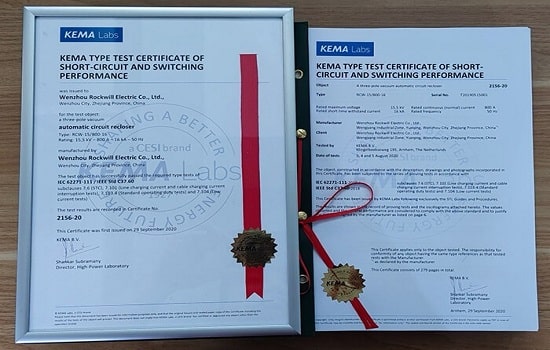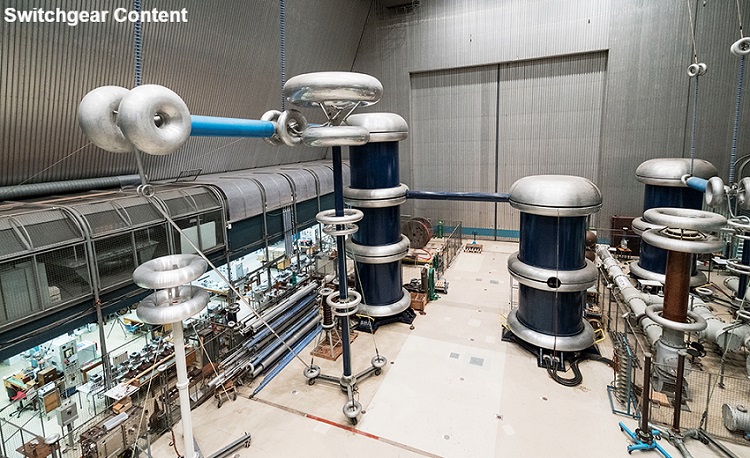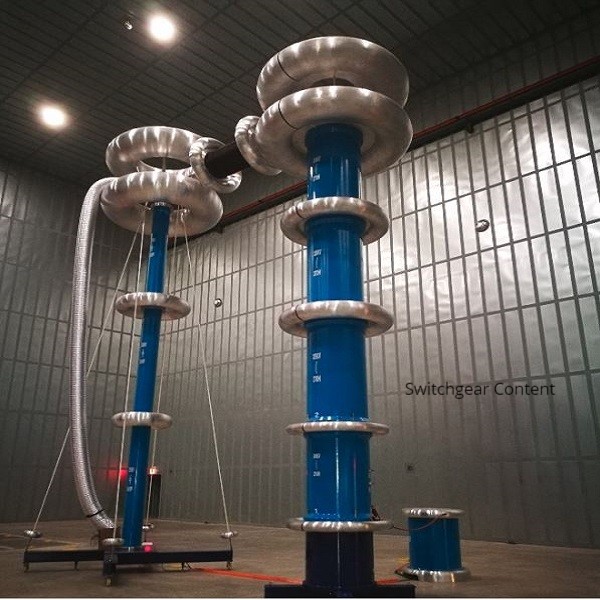
Introduction
In the fast-evolving world of electrical power transmission and distribution, reliability and safety are non-negotiable. High-voltage circuit breakers are at the heart of grid protection, ensuring that faults are detected and isolated before they can damage equipment or disrupt service. But how can engineers, utilities, and asset managers be certain that a breaker will perform flawlessly when it matters most?
The answer lies in the type test report — a formal, internationally recognized document that verifies a product’s compliance with IEC, IEEE, and other global standards. Conducted by independent accredited laboratories, type testing confirms that a breaker can withstand real-world electrical, mechanical, and environmental stresses.
In this Q&A guide, we break down what type testing is, why it matters, the key tests involved, and how to interpret a type test report when selecting equipment. Whether you’re a power systems engineer, utility procurement manager, or high-voltage equipment manufacturer, understanding type testing is crucial for ensuring grid stability, minimizing downtime, and safeguarding both assets and personnel.
You can find useful information about the high voltage circuit breaker routine test here.
1. What is a type test report, and why is it important?
A type test report is a detailed, formal document that confirms a product’s design, performance, and safety compliance with relevant standards. For high-voltage circuit breakers, these reports are prepared by independent, accredited testing laboratories following rigorous, standardized test procedures under controlled conditions.
By documenting the results, the report verifies that the product meets — or exceeds — industry standards and technical specifications.
Key points:
Validates the design and performance of the product.
Confirms compliance with international standards.
Prepared by independent laboratories using recognized test methods.
2. Why is a type test report crucial for high-voltage circuit breakers?
High-voltage circuit breakers are critical components in power systems, designed to protect equipment from overcurrent or short-circuit conditions. Any failure in their performance can result in costly equipment damage, power outages, or serious safety hazards.
A type test report confirms that the breaker meets stringent operational and safety requirements, assuring utilities, industrial users, and engineers.
Key points:
Protects equipment and personnel from electrical hazards.
Ensures reliable operation in high-stress conditions.
Verifies compliance with international performance benchmarks.

Type test laboratory for high voltage circuit breaker
3. What are the key tests performed during type testing of high-voltage circuit breakers?
Type testing includes a set of standardized tests to evaluate different aspects of breaker performance:
Dielectric tests – Measure insulation strength to ensure the breaker can withstand specified voltages without breakdown.
Mechanical endurance tests – Assess durability and mechanical reliability over thousands of operating cycles.
Short-circuit tests – Verify the breaker’s ability to safely interrupt high fault currents without damage.
Key points:
Dielectric tests → Insulation integrity.
Mechanical endurance tests → Long-term reliability.
Short-circuit tests → Fault interruption capability.
4. How does a type test report contribute to power system safety?
By confirming that a high-voltage circuit breaker performs exactly as designed, a type test report directly supports the stability and safety of the power grid.
It gives end users and utility operators confidence that the breaker will operate correctly during abnormal conditions, protecting both infrastructure and personnel.
Key points:
Demonstrates consistent and reliable performance.
Enhances grid stability and reduces downtime risk.
Builds trust in the equipment for high-voltage operations.

Dielectric power frequency test in a high voltage lab
5. What should you look for in a type test report when selecting a breaker?
When evaluating a breaker for purchase or installation, review the type test report for:
Test results – Ensure all measured values meet or exceed the application’s requirements.
Test procedures – Confirm alignment with relevant IEC, IEEE, or other applicable standards.
Laboratory accreditation – Ensure testing was conducted by an independent, recognized, and accredited body.
Key points:
Review data accuracy and compliance.
Confirm standards alignment.→
Verify third-party credibility.
6. Are there limitations to relying solely on a type test report?
While invaluable, type test reports have practical limitations:
Tests are conducted under controlled laboratory conditions, which may differ from real-world operating environments.
Only a small number of samples are tested, so results may not reflect the entire production batch.
For complete confidence, supplement type test reports with:
Routine tests on every manufactured unit.
Field performance data from actual installations.
Key points:
Laboratory results → are full of real-world performance.
The testing scope is sample-based.
Use multiple evaluation methods for the best assurance.
Conclusion:
For engineers, utilities, and decision-makers in the power sector, a type test report is a cornerstone of quality assurance for high-voltage circuit breakers. It ensures compliance with global standards, validates performance claims, and strengthens system reliability.
However, it should be viewed as part of a broader evaluation process that includes routine testing and operational feedback to ensure long-term safety and performance in real-world conditions.
By understanding and applying type testing best practices, you can make informed equipment choices that protect both your network and your investment.



